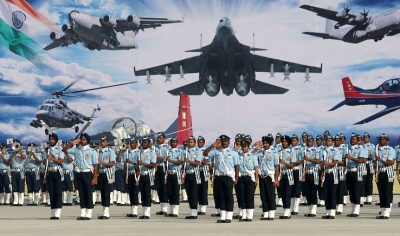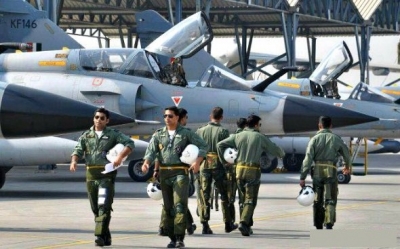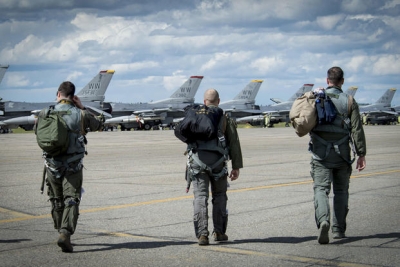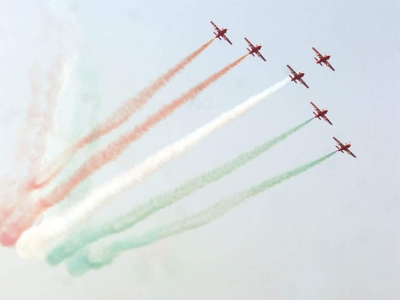
"The coming of October 8, each year, brings back memories of the twenty-eight years and four months of service with the Indian Air Force; a life-changing experience. I had all my education in English medium and had played several games at the University level before joining the Indian Air Force but little did I know that the Air Force years were destined to keep me away from my past and add absolutely new experiences.
Any new person to whom I am ever introduced has a primary question to ask: which aircraft did I fly? It is, perhaps, disappointing for them when I tell them that I was an Air Traffic Controller and not a flier. Quite rightly, the IAF is always related to flying but there is so much more to it than flying. In fact, the flying crew forms only a small fraction of the total strength not only of the IAF but also in any other Air Force around the world. Flying an aircraft requires a large support service in terms of technical as well as administrative support
Apart from the primary duties that any individual has to perform in the IAF, there are several different types of secondary duties that one has to handle in one's career that adds to an individual's learning and helps in the all-round development of one's personality. While man-management is a primary learning for every officer, the secondary duties would be quite unthinkable for any outsider.
It is not only the Accountant Officers who have to handle cash and gain proficiency in maintaining ledgers and books of accounts but it becomes a necessity for those handling any secondary duty. One of the first things that I learnt while conducting distribution of pay and allowances was to count currency notes like bank cashiers. When one had to distribute lakhs of rupees, slipping one note on another like an amateur would never end the distribution in a single day.
Taking care of the Station Dairy or the Station Cinema Hall opened the doors for a learning that one can rarely ever think in civil walks of life. Running of Messes gave the same learning as the running of hotels without any degree in Hotel Management. Recording Courts of Inquiry is another experience that exposes one to learning the art of inquiring to arrive at relevant issues while the role of a Prosecuting Officer or Defending Officer in a Court Martial introduces one to procedures of a Court.
Running the Unit Run Canteen was one of the best experiences of how to run a business profitably with a slim profit margin by initiating discreet demands and keeping the dead stock at a minimal margin.
Contrary to what is the general idea of wielding of authority in the Armed Forces, the IAF is a very democratic set up and even the junior-most person is free to discuss matters with the senior-most rank with no love lost despite a serious argument. Seniors always take adequate care of their juniors and try to groom them in the best possible way.
I never played the same games for the IAF as I did at the University level but went on to learn mountaineering, rafting, water skiing, rowing and kayaking. In fact, I was part of a White Water Kayaking Expedition of the IAF down the River Beas and a Trekking Expedition in the hills of Gharwal. A PRO tenure was good enough to learn the intricacies of journalism and it culminated in being a Hindi commentator for both the Akashvani and Doordarshan for several events.
These are possibly some and definitely not all of the learning experiences of my IAF tenure. However, the greatest learning has been that of a never-ending sense of brotherhood, definitely not limited to the Air Force or even to the Armed Forces of India but one that extends beyond the boundaries of the country. Such was the experience when I was a part of the Indian Peace Keeping Force in Sri Lanka and part of a Security Delegation team to the U.S.
I should end with a small incident of my first meeting with one of the Counsellor Generals of the Republic of Netherlands at his office. After an initial introduction, he went back to his cabin, saluted me and handed me his visiting card with a remark, "Sir, just a Lieutenant." There can be no better example of the global fraternity of the Armed Forces.
Credit : Gp Capt Achchyut Kumar (The Teenager Today)
Picture Credit : Google



